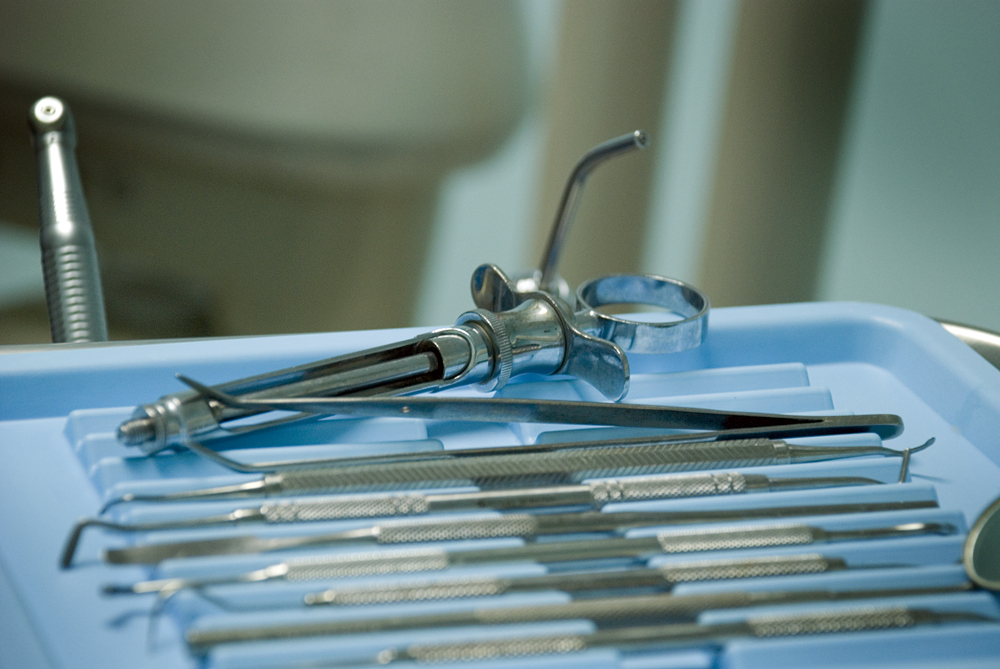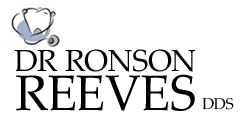
Does the thought of succumbing to the dentist’s chair send a jolt of anxiety through your body? When it comes to triggering a fear response, few things can set people off like an upcoming trip to the dentist.
That fear can set in early. Threatening comments from a parent, such as “If you don’t brush your teeth, you’ll have to go to the dentist,” can leave a lasting negative impression. More common, a painful experience at the dentist’s office during childhood triggers anxiety that carries over into adulthood,
says David Hershkowitz, DDS, associate chair of the Department of Cariology & Comprehensive Care at NYU. But today, “there’s no need any longer for people to fear dental pain,” Hershkowitz says. “Modern dentistry is virtually painless.”
New Dental Tools and Products
New dental tools have come a long way over the past few decades. Needles that inject numbing agents, for example, are super-thin compared with fatter versions of yesteryear. They are also disposable. Needles were once used over and over again and sterilized between patients, Hershkowitz says. Repeat use dulls a needle’s point over time, causing more pain upon injection. Improved methods and tools also help dentists slow the rate at which medicine works its way into gums, easing discomfort from the pressure of the medication as it’s quickly released from the syringe.
Calming Dental Anxiety
A host of medications and new products help reduce pain, too. Topical anesthetic gels and dental patches used to numb gums keep patients comfortable during injections and deep cleanings. Nitrous oxide (“laughing gas”) relaxes patients during more involved procedures. So does intravenous conscious sedation, which eases pain and discomfort while keeping you awake with medications given through an intravenous line placed in either the hand or arm.
And because a little distraction goes a long way, iPods for your listening pleasure, big-screen televisions, iPads, and virtual reality glasses that put your eyes and mind in another realm are common items in the modern dentist’s office. So is calming décor — fresh flowers, miniature waterfalls, and bright, inviting wall colors.
To truly calm your fears, it never hurts to remember that inside the dentist’s white coat is a person who cares as much about your comfort as your teeth. “Look at the doctor as someone who’s also a friend,” Hershkowitz says.
Tips for Dental Phobia
Putting off a dentist visit because of fear? Hershkowitz has these suggestions for talking to your dentist. If he doesn’t respond or comply with your requests, find another one.
Talk it over. “A good dentist should begin a visit by asking you open-ended questions about what bothers you so he or she knows what not to do,” Hershkowitz says. A simple “Tell me about any difficulties you’ve had during past dentist visits” may help you open up and relax. “If you talk about it first, it will remove the anxiety.”
Be prepared. Ask your dentist in advance what you can expect during your visit and how procedures, such as injections, are handled. “There’s nothing wrong with asking the doctor, “What will you do to let me know I’m in control?'” says Hershkowitz.
Give a cue. Establish a sign, such as raising your hand, to let your dentist know if you’re uncomfortable and need him to stop working immediately.
